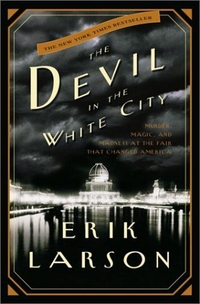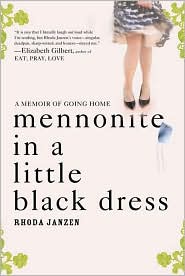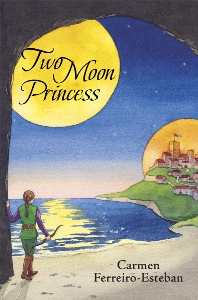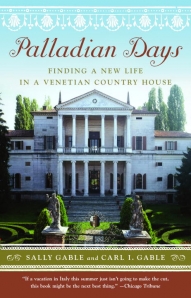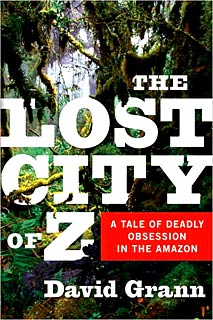This review contains affiliate links, which earn me a small commission when you click and purchase, at no extra cost to you. Thank you for supporting my small business and allowing me to continue providing you a reliable resource for clean book ratings.
As the 19th century came to a close, Chicago civic leaders were determined to shed the perception that Chicagoans “preferred butchered hogs to Beethoven.” New York City was the undisputed center of cultural and social refinement for the United States, and although Chicago was certainly a city of great wealth, it was still considered a societal backwater. The year 1893 would mark the 500-year anniversary of Christopher Columbus discovering North America, and major U.S. cities were vying for the opportunity to host the World’s Fair in commemoration of that event, providing Chicago just the opportunity it was looking for.
Most of the nation assumed it would be a battle between New York City and Washington, D.C., for the honor. Once elected as the host city, however, Chicago was now faced with both the herculean task of actually building a fairground that would attract patrons from all over the world, and silencing its critics once and for all. It was the city’s one shot at proving that a big midwestern city could indeed be chic. The Devil in the White City profiles the people assigned to that task, as well as a number of other individuals whose attraction to the fair was of a more sinister nature.
Twin narratives alternate between chapters describing the background details of the architects designing the fair buildings, and the psychopath preparing to engage young women as they arrived from out of town for their first trips abroad. It is very, very easy for a person to simply disappear (particularly in the days before telephones, computers, and forensics), and criminals of the era understood this concept very, very well.
Although their paths never directly cross, the players in both dramas coalesce into a sort of nexus of major historical events and personalities, future and past, which the author carefully weaves into the overall tapestry. It is a lot like a nonfiction version of Forrest Gump; the more we learn about what happened a hundred years ago, the more amazed we are at who is involved, and which events naturally follow.
The prose is stilted in places, and overly dramatic in others, but generally very clear and forthright. It is clear that the author is keeping secrets as the story unfolds, which is just fine, and probably contributes to the overall stiffness in places.
Rating: None. Exactly 3 very mild terms used a total of 8 times.
Click here to purchase your copy of The Devil in the White City on Amazon.
